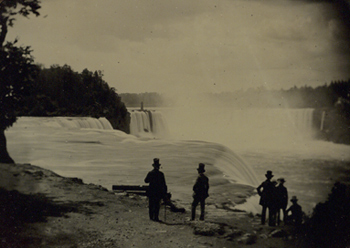
In this week’s post about dating your photographs, Colin Harding shows you how to identify a collodion positive, also known as an ambrotype, using just a few simple clues.
Colin was Curator of Photographic Technology at the National Science and Media Museum until 2016.

In this week’s post about dating your photographs, Colin Harding shows you how to identify a collodion positive, also known as an ambrotype, using just a few simple clues.
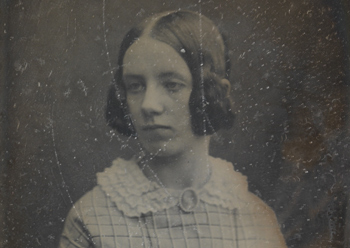
Dating early photographs by process and format can be a useful skill, especially if sitters’ clothing offers no clues. Colin Harding provides some expert advice on how to unlock their secrets.
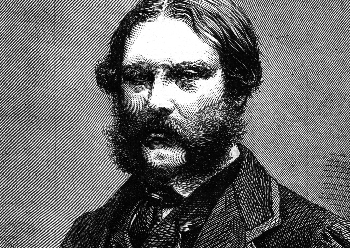
For the next stage of Colin Harding’s alphabetical journey through the collection, he has chosen one of the most important British architects of the 19th century, who also happened to be an innovative camera designer.
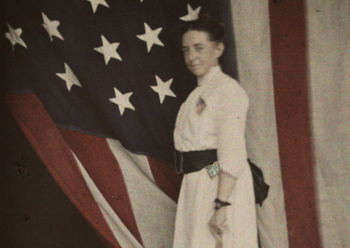
Helen Messinger Murdoch (1862–1956) was a remarkable woman—one of the earliest colour photographers and one of the first female aviators. Colin Harding tells her story.
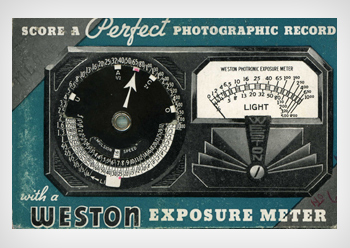
Today, we take correct exposure for granted, but things were very different in the past. Colin Harding sheds some light on the murky world of exposure meters.
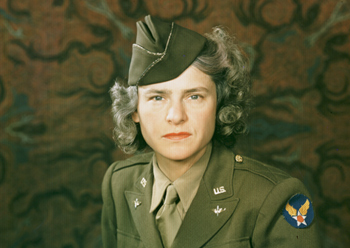
Our collection includes these beautiful Kodachrome portraits of women in the armed forces, photographed during the Second World War.
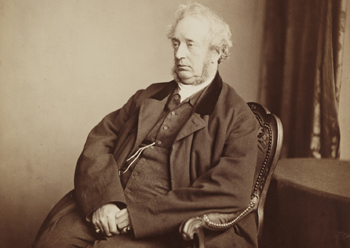
Colin Harding looks at one of the major figures in early British photography.
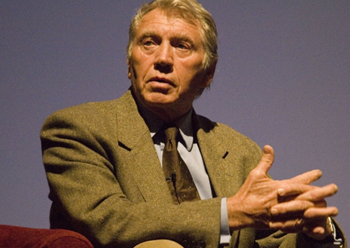
Our Photography Curator Colin Harding looks back at his time spent with legendary photographer Don McCullin.
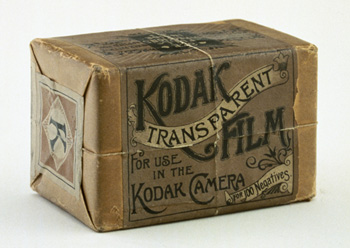
In a case that dragged on for decades, how did a relatively unknown clergyman and amateur photographer take on the Goliath of Eastman Kodak Company?
In the third and final post of the series, Colin Harding looks at the role played by celluloid in the invention and development of moving pictures.
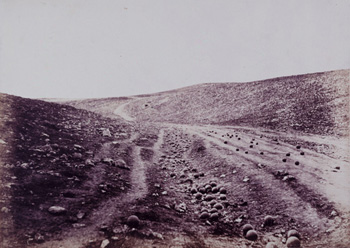
Today we remember those that died on the battlegrounds of the First and Second World Wars, and all members of the armed forces who have ever given their lives in the line of duty.
In the second of a series, Colin Harding investigates the role celluloid played in the invention of ‘rollable’ film.